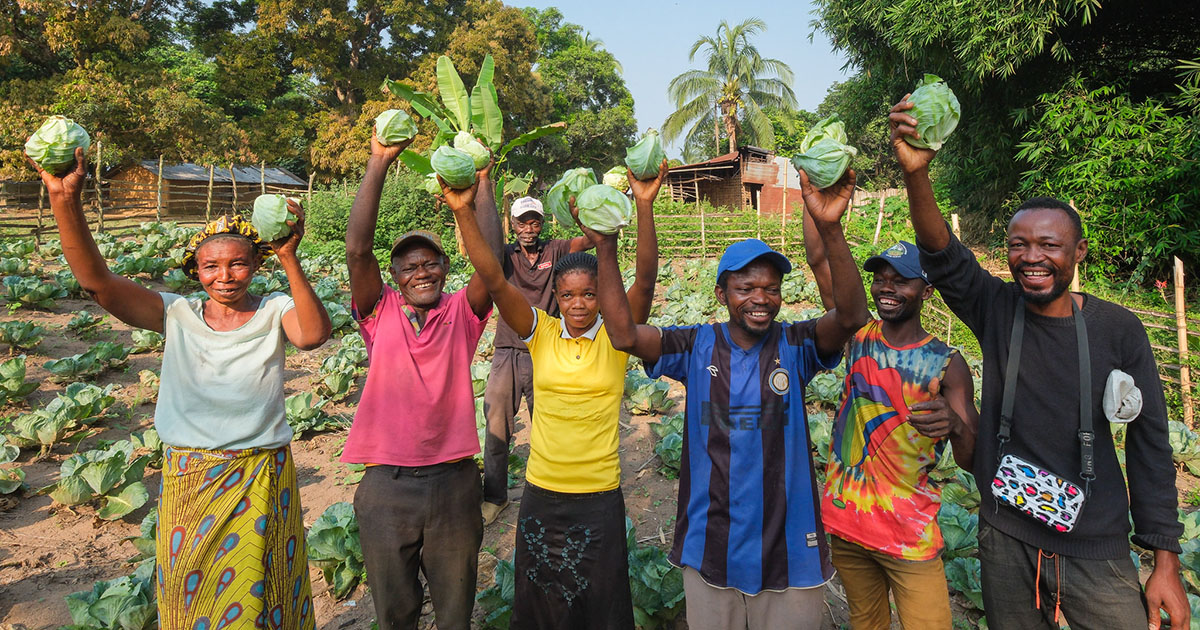Tropical peat swamp degradation can modify net peat greenhouse gas (GHG) emissions even without drainage. However, current Intergovernmental Panel on Climate Change (IPCC) guidelines do not provide default emission factors (EF) for anthropogenically-degraded undrained organic soils. We reviewed published field measurements of peat GHG fluxes in undrained undegraded and degraded peat swamp forests in Southeast Asia (SEA) and Latin America and the Caribbean (LAC). Degradation without drainage shifted the peat from a net CO2 sink to a source in both SEA (− 2.9 ± 1.8 to 4.1 ± 2.0 Mg CO2–C ha−1 yr−1) and LAC (− 4.3 ± 1.8 to 1.4 ± 2.2 Mg CO2–C ha−1 yr−1). It raised peat CH4 emissions (kg C ha−1 yr−1) in SEA (22.1 ± 13.6 to 32.7 ± 7.8) but decreased them in LAC (218.3 ± 54.2 to 165.0 ± 4.5). Degradation increased peat N2O emissions (kg N ha−1 yr−1) in SEA forests (0.9 ± 0.5 to 4.8 ± 2.3) (limited N2O data). It shifted peat from a net GHG sink to a source in SEA (− 7.9 ± 6.9 to 20.7 ± 7.4 Mg CO2-equivalent ha−1 yr−1) and increased peat GHG emissions in LAC (9.8 ± 9.0 to 24.3 ± 8.2 Mg CO2-equivalent ha−1 yr−1). The large observed increase in net peat GHG emissions in undrained degraded forests compared to undegraded conditions calls for their inclusion as a new class in the IPCC guidelines. As current default IPCC EF for tropical organic soils are based only on data collected in SEA ombrotrophic peatlands, expanded geographic representation and refinement of peat GHG EF by nutrient status are also needed.
Download:
DOI:
https://doi.org/10.1007/s10533-023-01110-2
Dimensions Citation Count:

Publication year
2024
Authors
Swails, E.; Frolking, S.; Deng, J.; Hergoualc’h, K.
Language
English
Keywords
peat, greenhouse gases, emissions, land use change, carbon dioxide, nitrous oxide, oil palms, plantations
























